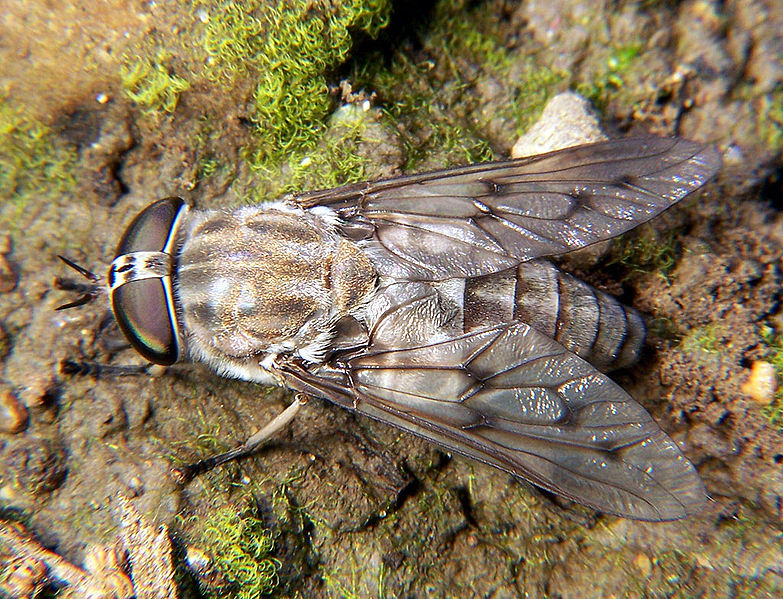
As a nice sunny weekend is upon us, I thought it would be good to learn about an animal we will be seeing plenty of in the very near future. Of course, I am talking about the pesky Horse Fly. No matter where you live in the world, you will most likely see at least one of these this summer. Okay, maybe not, if you live in Antarctica but I willing to bet you don’t live that far south. Other names for the Horse Fly that you may be more familiar with include: Gadflies, Breeze Flies, March Flies, Zimbs, Clegs or my personal favourite, Bull Dog Flies. Let’s get a head start on the summer season by learning a little more about these pests.
Mean Ol’ Females
The Horse Fly is considered to be one of the largest true flies in the world. As you might expect from such a large fly, they are capable of inflicting a very painful bite, mainly due to the fact that they are using their powerful mandibles (mouthparts) like knives as they slice through your skin. All this just to get a portion of your blood. Luckily, the Horse Fly feeds on pollen and nectar throughout most of the year. It is only during mating season that the females require a nice tasty blood meal. Incidentally, as with most animal species, the males are nicer and as such incapable of biting humans.
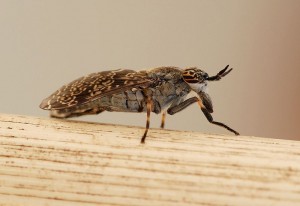
Beware the Wasp
Believe it or not the Horse Fly needs to be on the look out for predators. Sure they have the common insect predators such as birds and reptiles but they are also vulnerable to other insects such as the Sand Wasp and Horse Guard Wasp. You wouldn’t think that a wasp would be able to take down such a large fly. It just goes to show that you can never underestimate nature.
Horse Fly Fast Fact
Believe it or not there are over 3000 species of Horse Flies scattered throughout the planet. There are roughly 300+ species in North America alone. No matter what species of Horse Fly you are dealing with…you can bet the female is going to be a lot meaner than the gentle male.

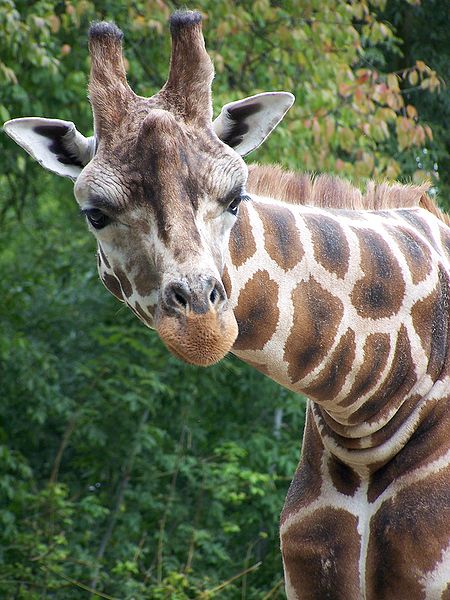
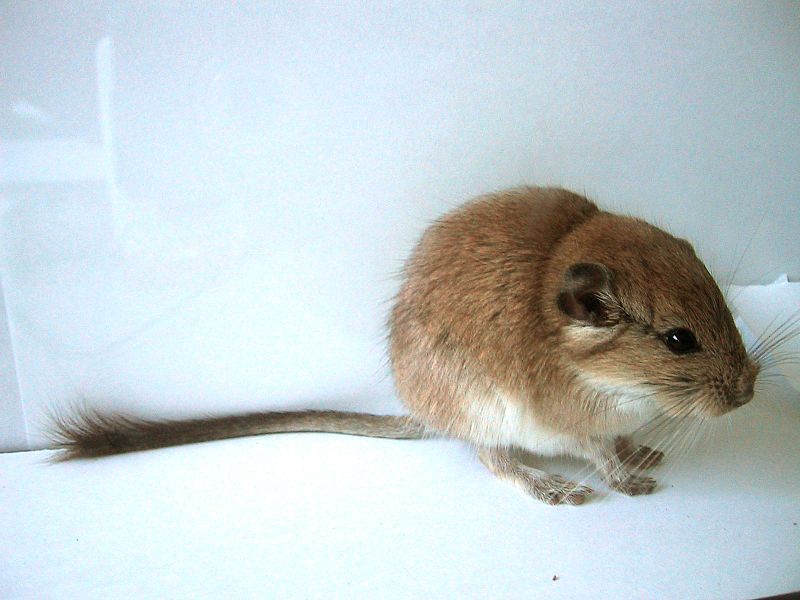
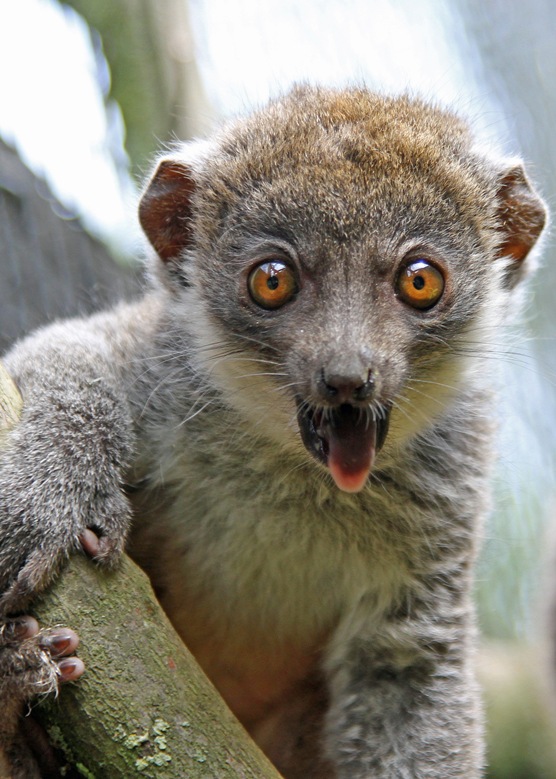
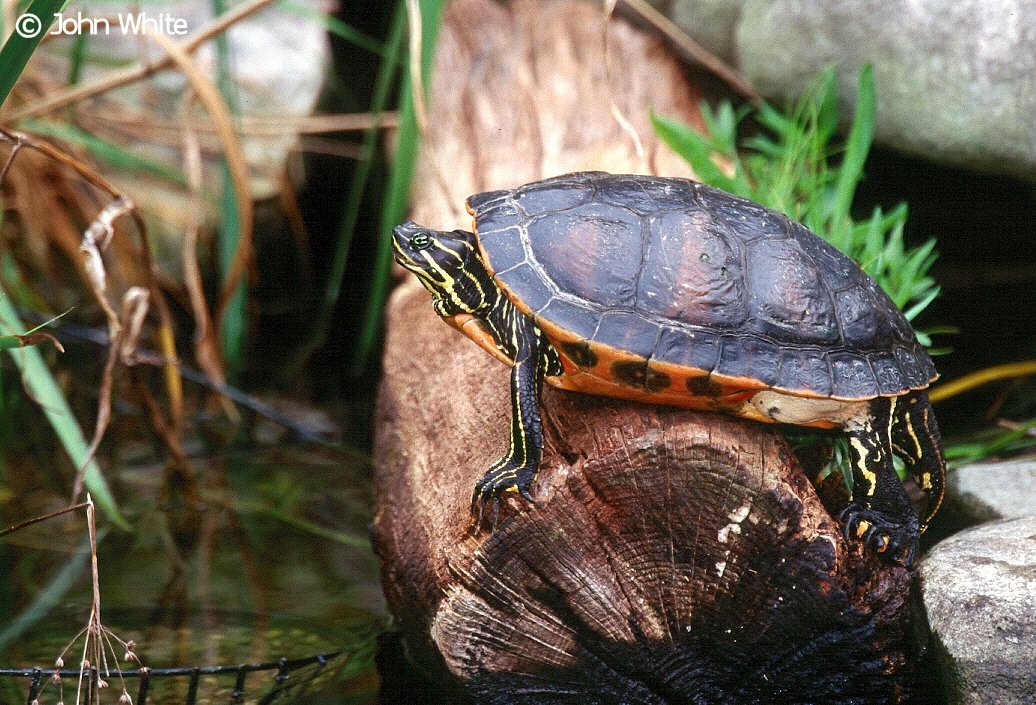
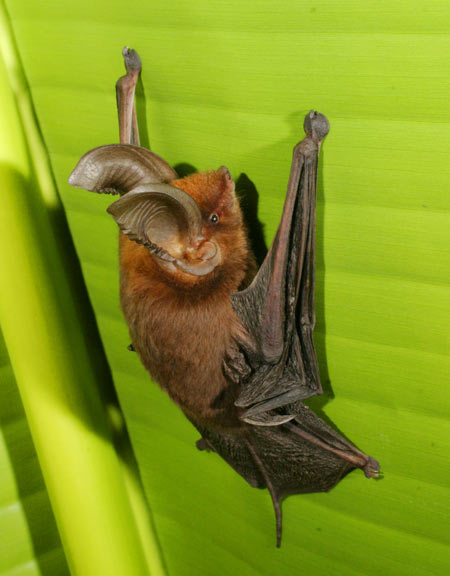
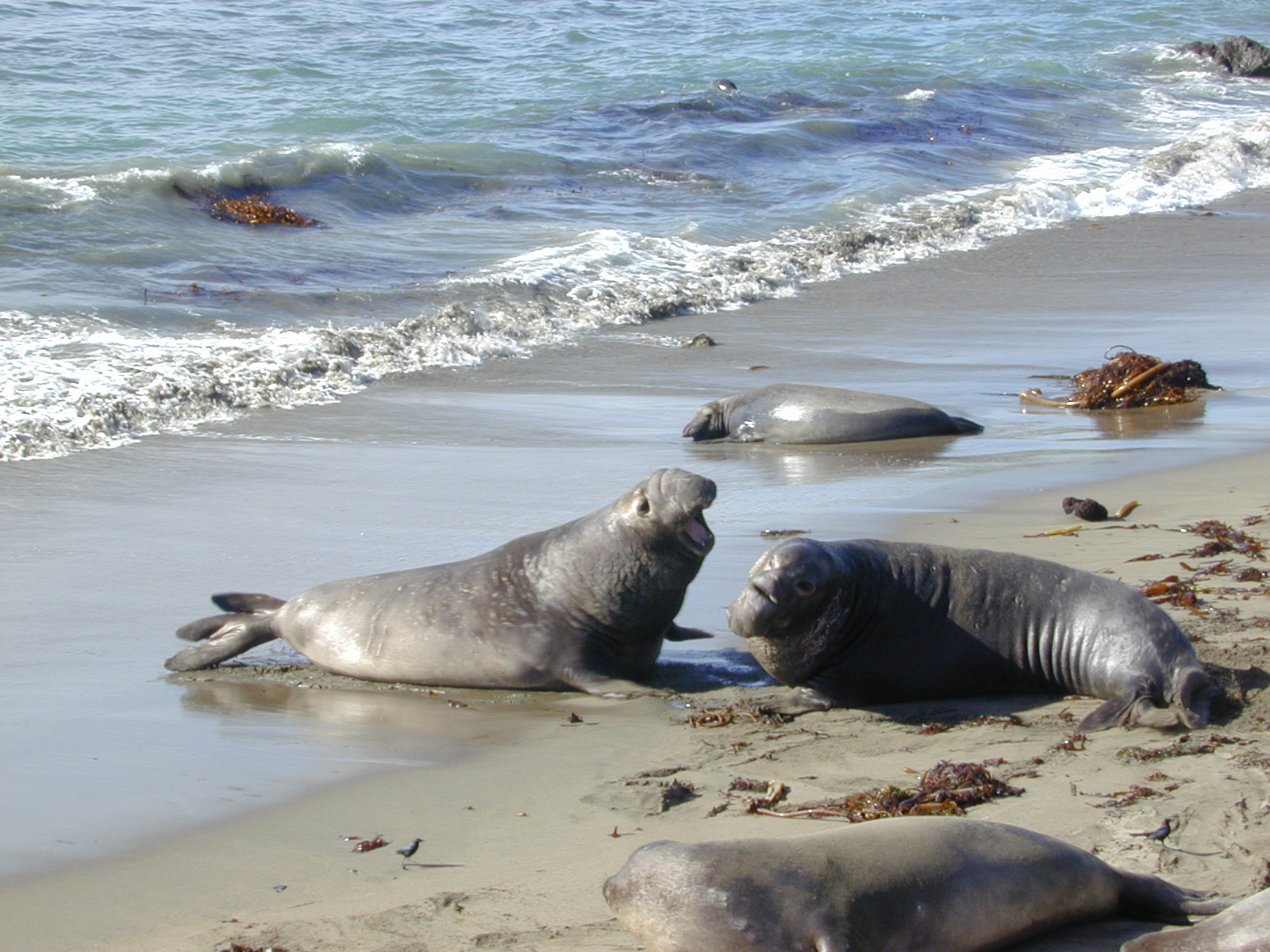
No horse flies for me for five months! 😛